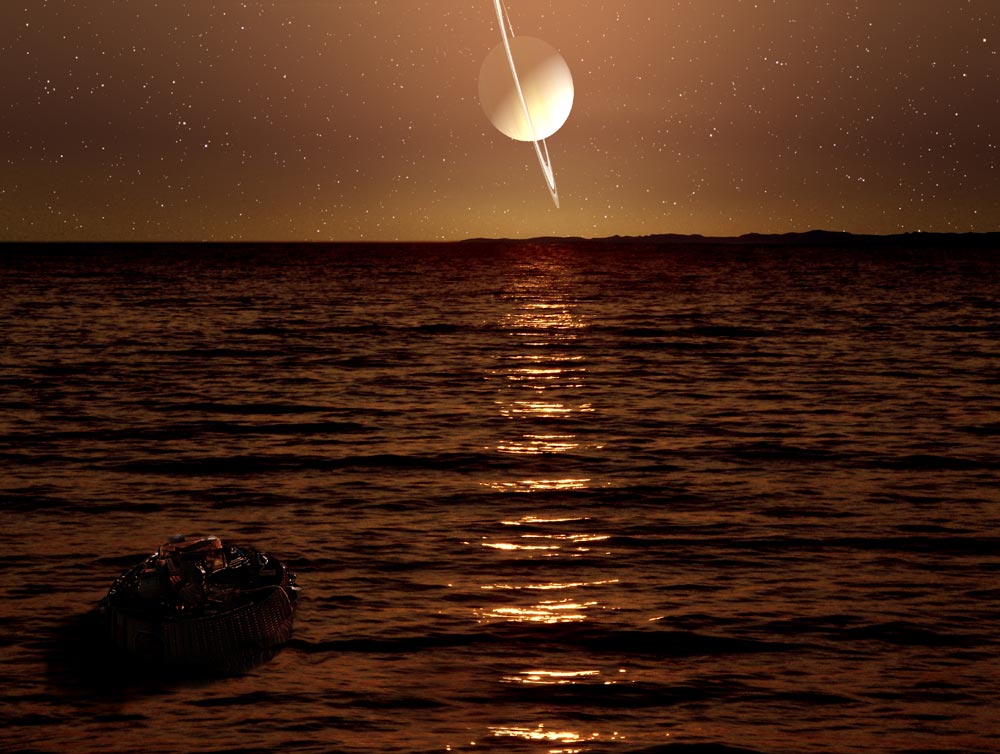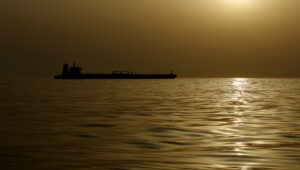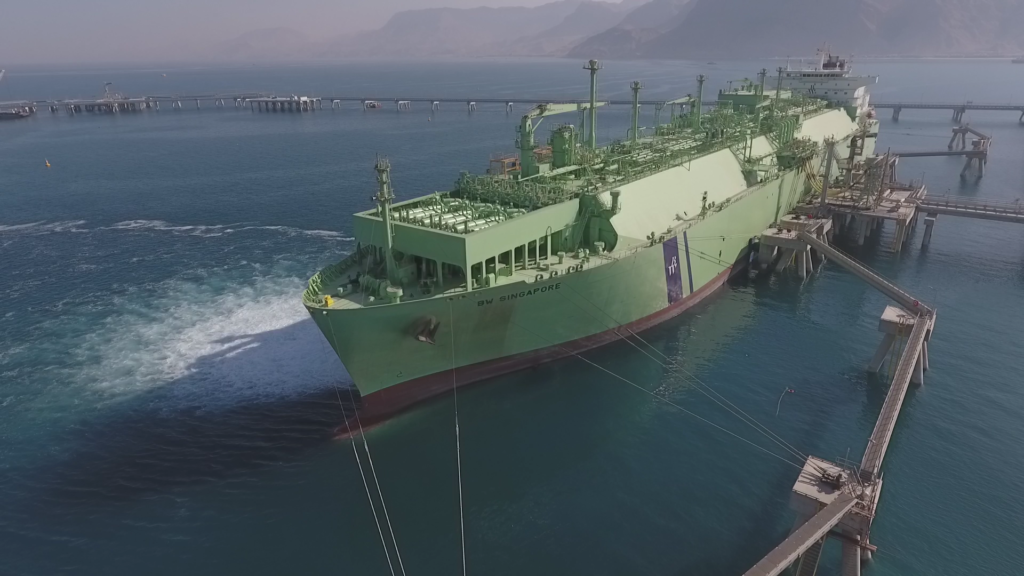TiME: How space exploration affects shipping
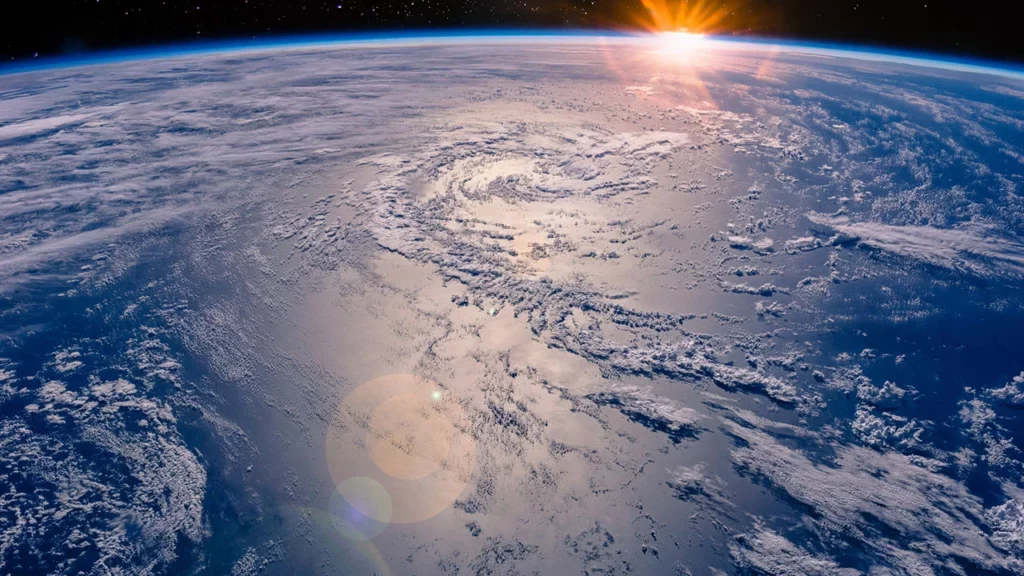
Shipping, which began with primitive rafts, has today turned into a high-tech industry capable of overcoming the most extreme conditions. However, most of the ocean is still unexplored, and extreme temperatures near the poles force us to look for new solutions. What challenges are facing shipping in the new era, what ambitious projects can change the future of sea travel and how all this is connected with Saturn’s moon – read in the USM article.
With the appearance of man on Earth, shipping also appeared. At first it was a log, which, falling into the river, our ancestor grabbed. Then primitive rafts and boats, galleys and triremes of the ancient Greeks, Spanish galleons and Cossack seagulls, the first steamboats and, finally, submarines. Nowadays, we are no longer surprised by all-electric ferries and tugboats, and tests of autonomous vessels are in full swing.
Despite the technological development, shipping still faces many challenges. Among them are navigation during bad weather, research of little-studied areas of the world ocean, work in difficult and dangerous conditions. But what if the conditions become extremely extreme? And we are not talking about arctic ice or winding routes between islands.
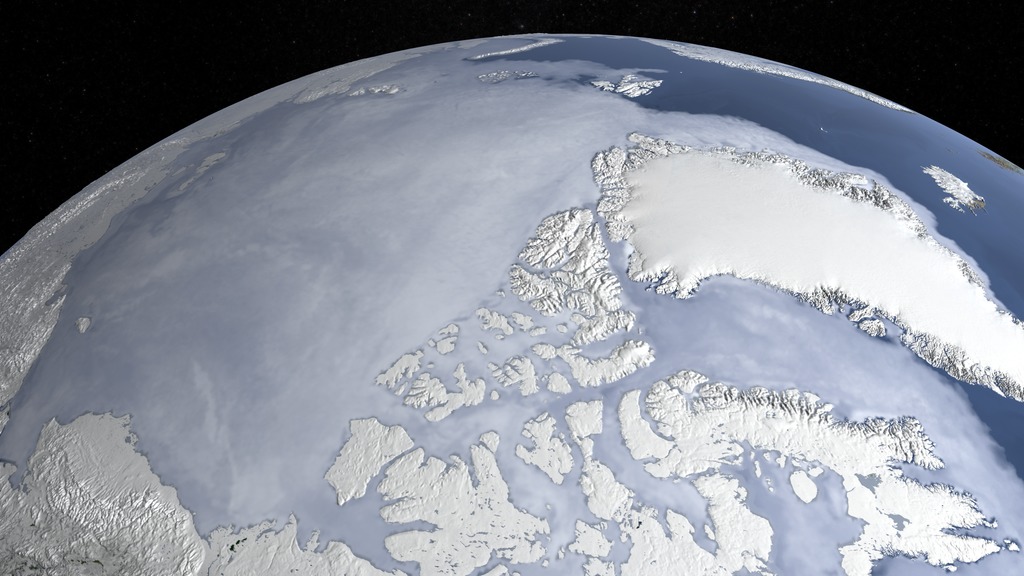
In 2012, NASA proposed the ambitious Titan Mare Explorer (TiME) project, the first spacecraft designed to study liquid hydrocarbon seas on Titan, Saturn’s largest moon. This project is not only an important milestone in planetary research, but also draws parallels with the marine industry on Earth. Therefore, Titan Mare Explorer is a unique opportunity to understand not only other worlds, but also to study our own planet more deeply.
The planet Titan is one of the most interesting objects in the Solar System. Its surface is covered with lakes and seas of liquid methane and ethane. These hydrocarbon reservoirs create conditions similar to what we see in Earth’s polar seas. This makes Titan a natural laboratory for the study of extreme conditions and processes that also occur here. And even if humanity suddenly decides to follow the path of the heroes of the 2018 film of the same name and adapt human bodies to the conditions of this satellite of Saturn, it is necessary to first study these conditions in depth.
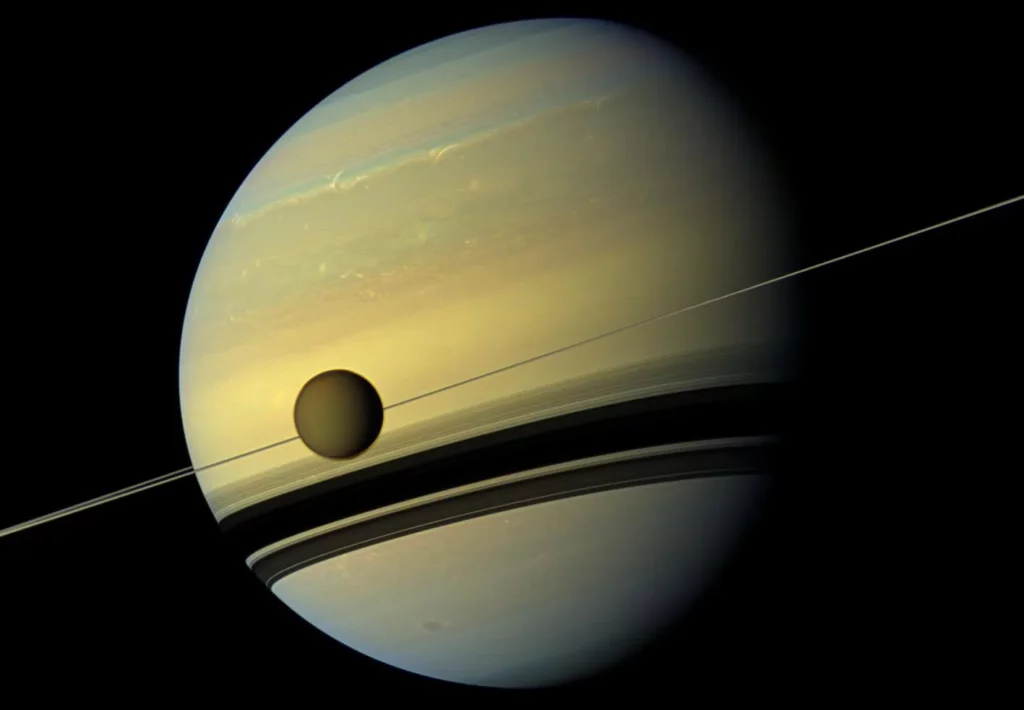
The TiME project involved the creation of an automatic submersible (actually, a submarine), which was supposed to land on the surface of Titan and swim through the Lygeian Sea, one of the largest methane reservoirs on the satellite. The mission involved collecting data on the chemical composition and dynamics of the sea, atmospheric conditions, and even potential signs of life.
The technologies developed for TiME could find application in the marine industry on Earth, especially in Arctic and Antarctic conditions, where research faces similar problems of extreme temperatures and chemical aggressiveness of the environment.
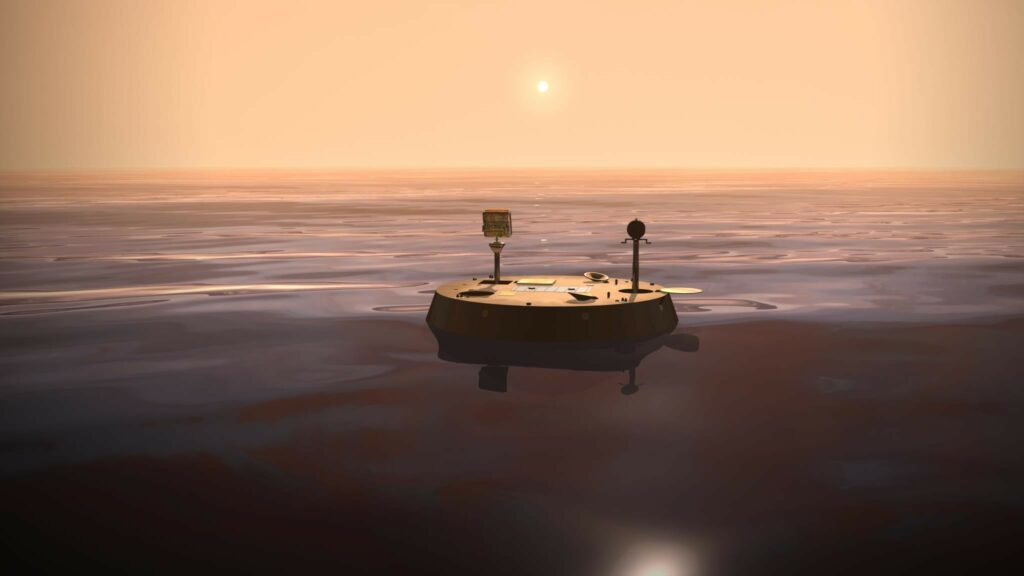
In 2012, NASA proposed the ambitious Titan Mare Explorer (TiME) project, the first spacecraft designed to study liquid hydrocarbon seas on Titan, Saturn’s largest moon. This project is not only an important milestone in planetary research, but also draws parallels with the marine industry on Earth. Therefore, Titan Mare Explorer is a unique opportunity to understand not only other worlds, but also to study our own planet more deeply.
The planet Titan is one of the most interesting objects in the Solar System. Its surface is covered with lakes and seas of liquid methane and ethane. These hydrocarbon reservoirs create conditions similar to what we see in Earth’s polar seas. This makes Titan a natural laboratory for the study of extreme conditions and processes that also occur here. And even if humanity suddenly decides to follow the path of the heroes of the 2018 film of the same name and adapt human bodies to the conditions of this satellite of Saturn, it is necessary to first study these conditions in depth.
The TiME project involved the creation of an automatic submersible (actually, a submarine), which was supposed to land on the surface of Titan and swim through the Lygeian Sea, one of the largest methane reservoirs on the satellite. The mission involved collecting data on the chemical composition and dynamics of the sea, atmospheric conditions, and even potential signs of life.
The technologies developed for TiME could find application in the marine industry on Earth, especially in Arctic and Antarctic conditions, where research faces similar problems of extreme temperatures and chemical aggressiveness of the environment.
